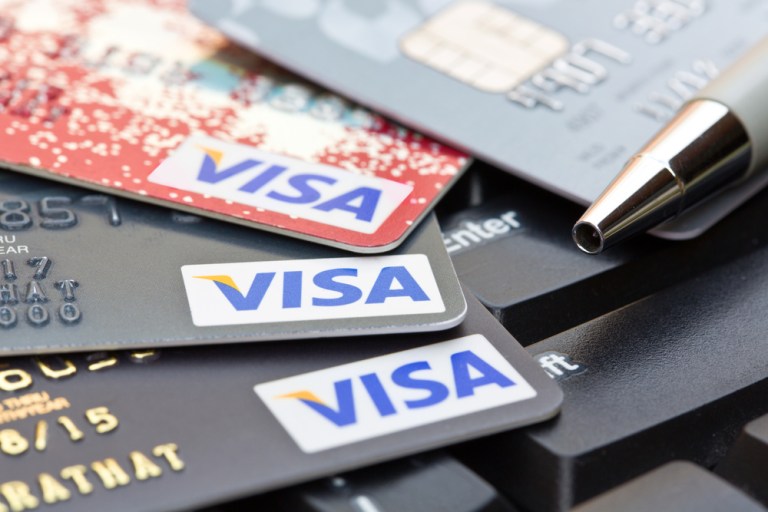Visa’s US Volume Soars — X-Border Lags

Visa beat on the top and bottom line yesterday, even as cross-border transactions posed some pretty strong headwinds. Visa’s CEO touted increasing payments volume and strong digital momentum and confirmed that the Visa Europe deal, though amended, is still on.
Visa posted earnings last night that beat on the top line and the bottom line, but investors remained skittish on the news that cross-border spending is weak and that macro trends remain uncertain.
Beyond the usual culprits (usual for now, as these same macro trends have bedeviled companies large and small, in finance and elsewhere) of energy sector malaise, China’s slowdown and commodities pricing, Visa showed strength related to its payments and technology initiatives.
“We continue to be encouraged,” said Scharf, “with the growth we see with Visa Checkout.” Visa has about 12 million registered users across 16 countries. The rollout will continue to another six markets, which will include France, India, and the U.K., among others. That spells out about $113 billion in addressable spending volume. Visa’s Developer program, though in its early stages, has seen keen interest, said Scharf. In addition, the transition to EMV has been going strong, with 265 million chip cards issued as of March.
Some headline numbers are in order. Earnings were up 10 percent in the fiscal second quarter, to 68 cents a share, which beat the Street by a penny. Revenues were $3.63 billion, which edged estimates of $3.6 billion.
Though the trend has been continuing as consumers boost spending through cards (both credit and debit), management noted on the call that the advanced oil-based economies such as China and Brazil are seeing some spending weakness.
Bright spot? The U.S. As noted by CEO Charles Scharf, “The continued headwinds of the strong U.S. dollar, lower oil prices, and an uneven global economy are driving continued weak cross-border spend, but domestic spend continues at reasonably strong levels consistent with last quarter.” During the conference call with analysts, Scharf said that “the U.S. consumer remains strong.” U.S. payments volume was up 11 percent, a salve against cross-border weakness.
Elsewhere, international payments were up 14 percent in volume. The cross-border volume was a subpar 5 percent. Scharf told analysts that through mid April, the trends continue, with U.S. payments volume growth at 10 percent, cross-border at 5 percent, and processed transactions at 8 percent.
The U.S. may be chugging along, the international scene may be a rough backdrop, but the shares sliding 4 percent after hours may have reflected a reaction to the rejiggered Visa Europe deal – now 1.75 billion euros higher. The consummation may be pushed out a bit too. “It’s possible that we could close the transaction” toward the end of the current quarter, said the CEO, but that may slip.
The macro headwinds are strong enough so that the firm is reducing guidance, acknowledging that headwinds persist, whereas management had assumed things would improve. But cross-border growth rates from China have dropped from more than 40 percent growth last year to low single digits today.
Client incentives are running at the high end of guidance, at 18 percent of gross revenues. The silver lining here is strong renewals and conversions, and especially with Costco and the emergence of other deals such as that with USAA.